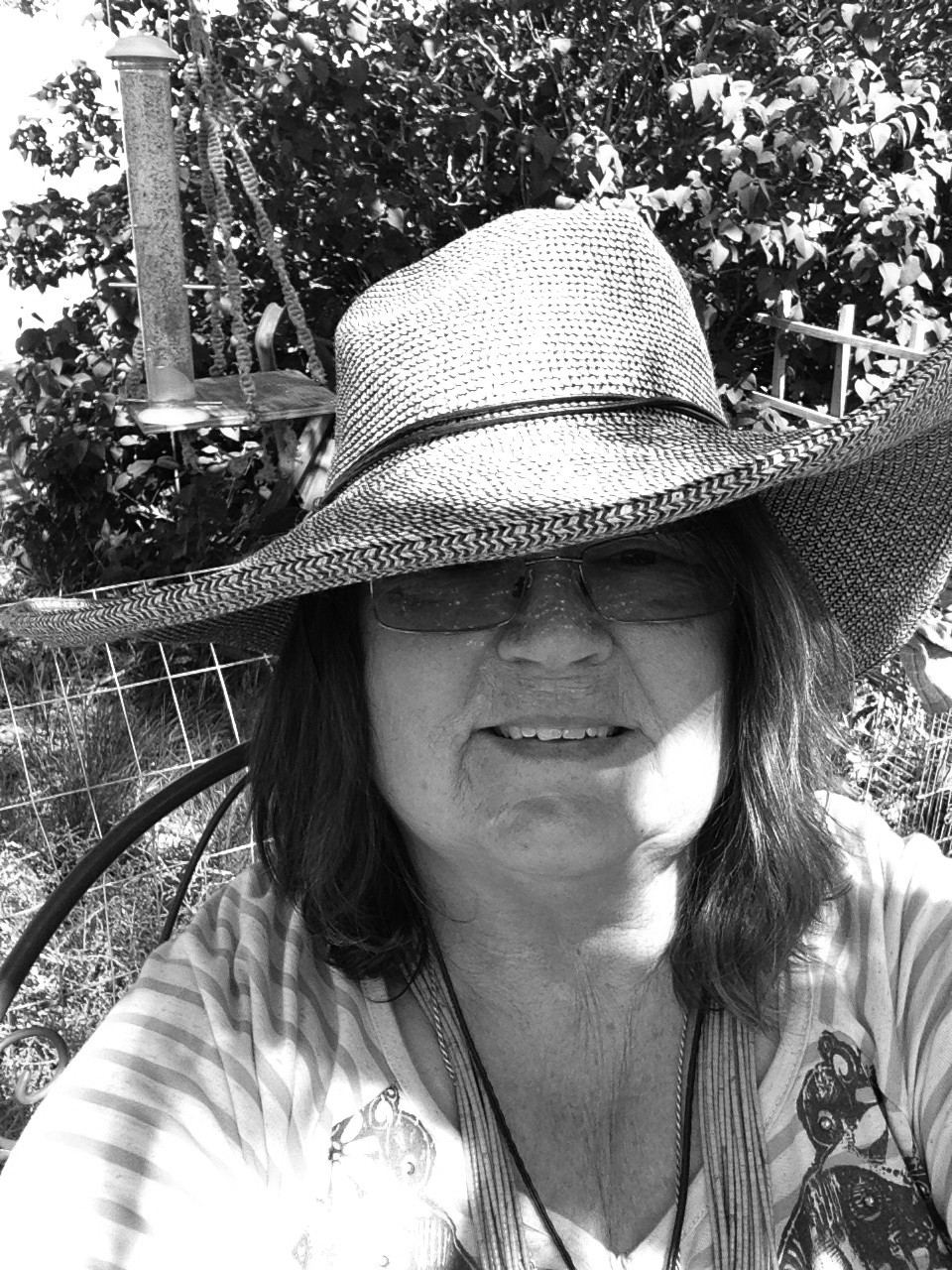Desire to Learn

I’ve been actively learning for a long time now. When I was in elementary school at the Royal Oaks Elementary School outside Madrid, Spain, I cared most about handstands, jacks and running. I was not a lazy student, but I had a lot to absorb about learning. What I did in the classroom is a lost memory and a mystery now--but I did write some action whodunits and short stories about Mighty Minnie Mouse—no relation to Disney’s female Mini-mouse.
When my third-grade class traveled to the Museo Nacional del Prado in Madrid and walked into the foyer of the museum, a startling picture the size of a giant greeted us. In fact, the painting Saturn Eating His Son (1819-23) by Francisco Goya (1746-1828) caused such emotion and nausea in me that I upchucked my lunch of a “pb&j” sandwich, corn chips and an apple. The puke spewed across the shiny ceramic floor underneath the iconic mythological painting.
Despite that gross reaction, my trips to El Prado were filled with wonder and craving to learn more. I always looked for the story. I asked myself, “Why would Saturn eat his son?” Around the year1820, the deaf Goya, created his series of “black paintings.” Originally, Goya brought the myth of Saturn to life as a mural on his dining room wall. Saturn, paranoid that his children would revolt and overthrow him, ate each of his children as soon as they were born except one who was hidden by his mother – so the myth unfolds.
As a septuagenarian, Goya had survived illnesses that had killed other Spaniards and was emotionally drained from the civil strife which soon revealed the Spanish Resistance to Napoleon’s Peninsular War of 1808. He bore that story out in his Third of May 1808 now in the Prado in Madrid, Spain.
From that encounter with Goya’s dark side and his brighter images found throughout the Prado, I became inquisitive about art, about metaphor, about allegories, and words that painted pictures. I stared and studied Velasquez royal portraits, too. There was a spaniel I was fond of in one. A desire to learn began to spread throughout my mind.
Later as a fifth grader in Germany, I saw a Gutenberg Bible and one of the actual Gutenberg presses. Until that invention, monks copied with pen and ink the many texts that were read by those studying in monasteries; there was no such thing as “digital” or Amazon’s “Kindle.”
That day in 1964, I appreciated the value of the written word, the printed word, and the many illuminated words and books that I later studied in graduate school. With crayons, I drew and drew; with my mother’s ball point pen, I wrote one story and then another.
Unfortunately, in our world today apathy does not yield learning. Many wise students admit their education is not a passive contest, nor does it come from a painter, or a printer; but a desire to learn comes from the heart and their own internal questioning of the environment around them. Learning is all about choices, desires, about savoring the experience and hunting for meaning; it is not about hand-fed information like a Similac-mix of knowledge.
Active learners do not rest in the back row of the class waiting for a flask of science, math, English, or even tablespoons of empowered voice to be poured into their souls. Learning is all about that internal spark that sprouts in an inquisitive mind.
Sprout a mind today!



